With the flowers coming to an end for the year, it is time to appreciate the leaves changing colour to yellow, orange and red and berries on shrubs.
In sheltered areas where Acers can thrive in cool damp soil, their leaf colour can be stunning in autumn. I have an Acer palmatum Orange Dream, in a pot. In spring the foliage is lime green but in autumn the leaves are edged with orange red than gradually deepen over the days. If you have space for a large tree in the garden and want autumn colour then try a Liquidamber. Some are huge trees but Liquidamber orientalis will grow slowly to 6m tall with yellow and orange foliage in autumn. Plant well away from buildings, at least the ultimate height away, to prevent tree root damage to structures.
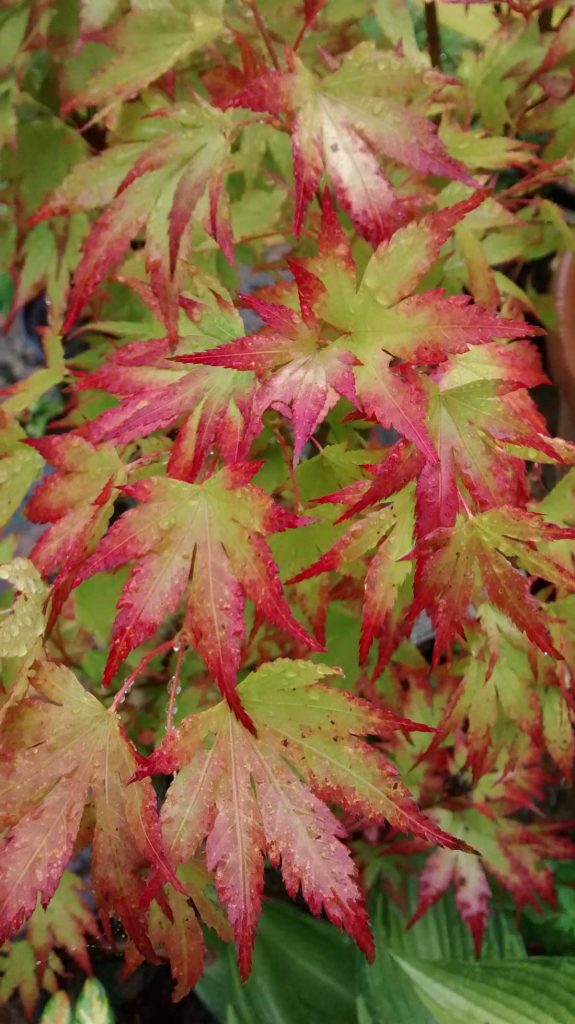
Last month I suggested a striking grass, Miscanthus sinensis Flamingo for autumn colour. As the weather cools, this grass takes on orange reddish hues as can be seen from the photo. Very cheerful even on a dull day.
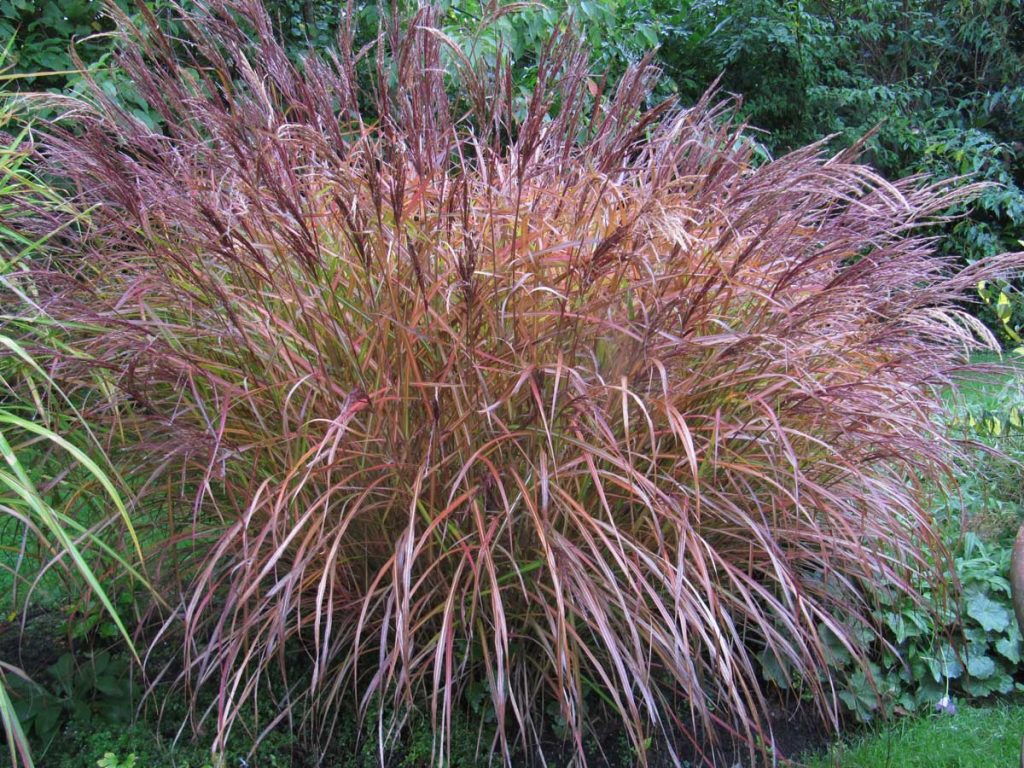
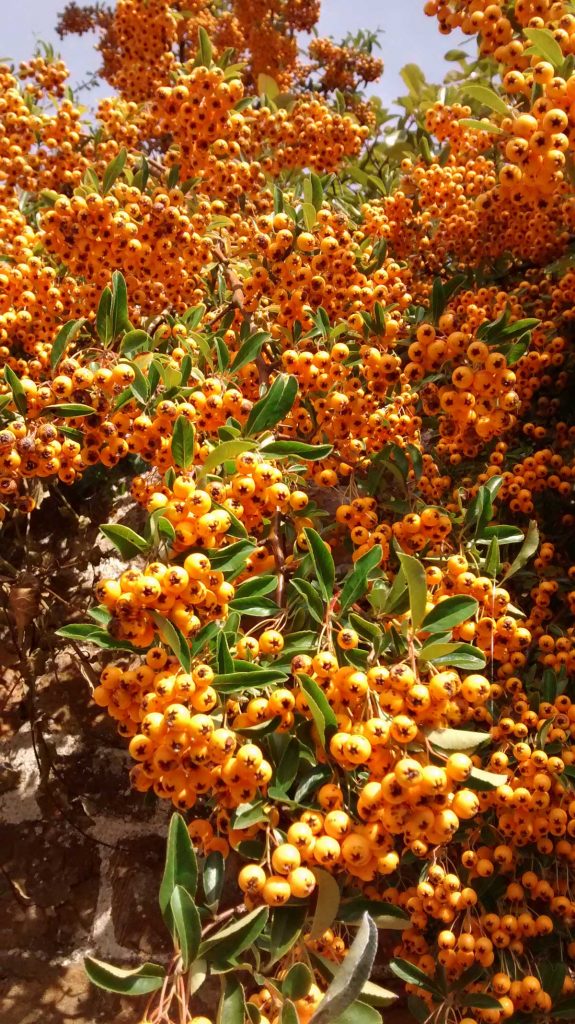
Berries do well at keeping colour going on into winter and this year is superb. Look around as you walk to the shops and you are likely to see gleaming Pyracantha shrubs loaded with berries in red, orange and yellow. I hate the evil spines on these shrubs, hard as nails and sharp as needles but the frothy white spring flowers and autumn berries make up for the pain of pruning them. Another desirable plant is Callicarpa or Beauty Berry. The variety Profusion is best for berries which are clusters of purple dotted up the stems. Needs moisture retentive soil in sun or light shade and berries best after a hot summer. This year Berberis are berrying well with clusters of scarlet berries which make a stunning contrast on the purple leaved varieties.
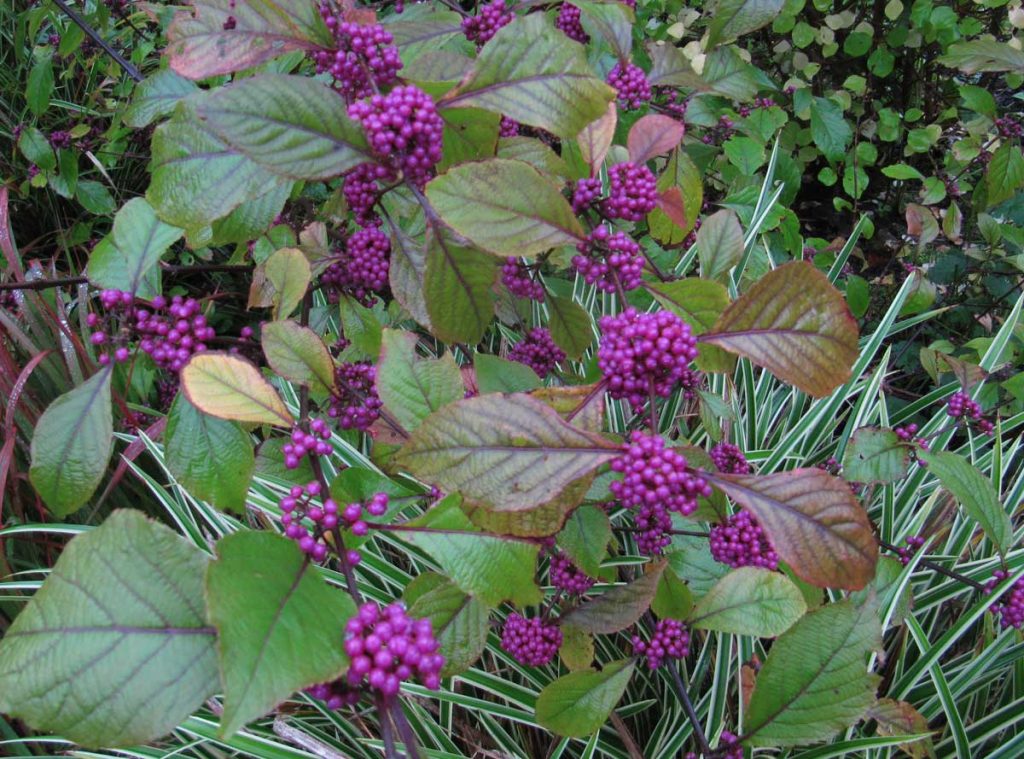
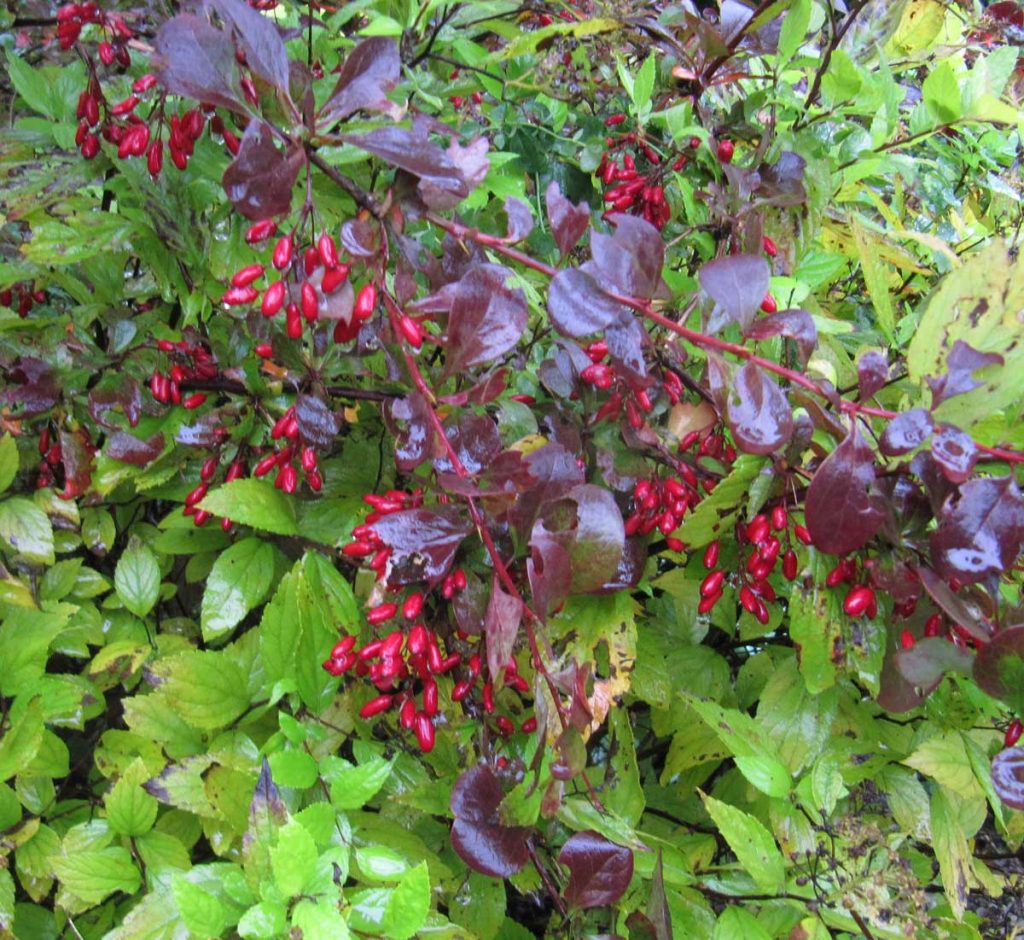
As leaves fall, and if you have space for a leaf compost heap, clear them up and put them in their own heap or damp into plastic bin liners, preferably with grass cuttings to help them rot down. Leaves and grass make the most delicious compost (from the plants point of view!) which is usually weed free.
Dig out any vegetables that have finished for the season and add a layer, 3ins deep, of well rotted manure onto the top of the bed to be taken down into the soil over winter.
Make sure you have cleared all leaves from around roses and cut off any that show signs of disease. These spore based moulds stay in the soil ready to emerge in the next season so keeping the area clear is important. Finally, plant tulip bulbs, your last chance for a display next year!
